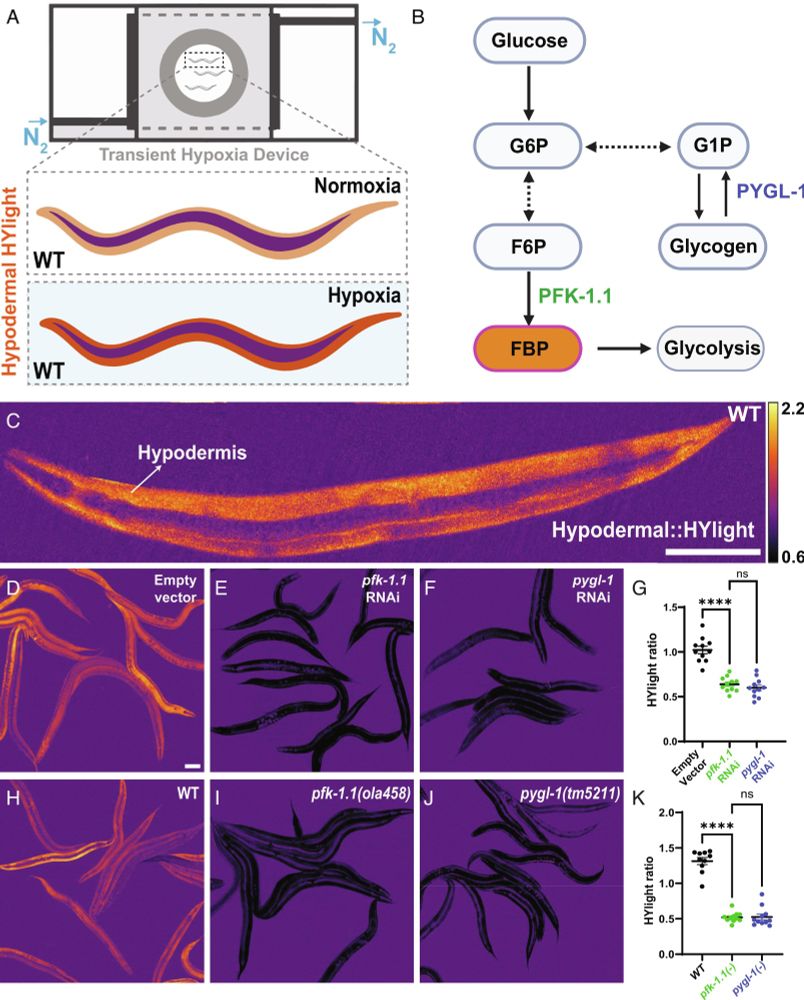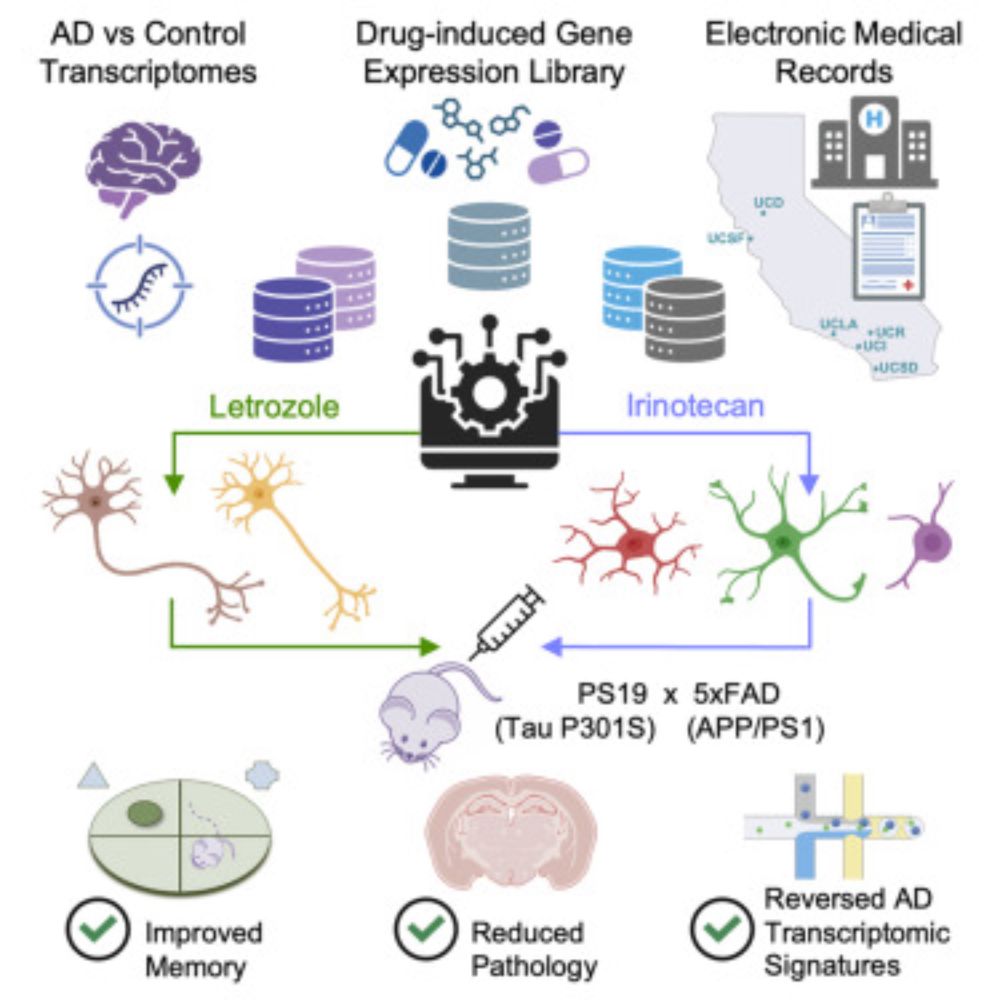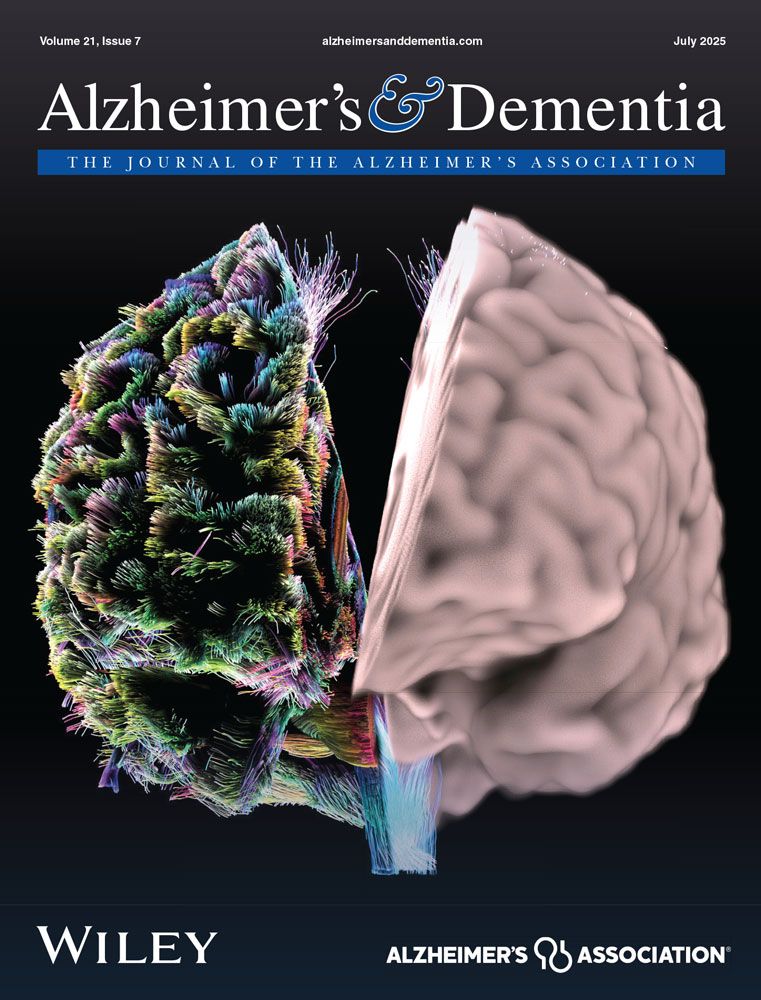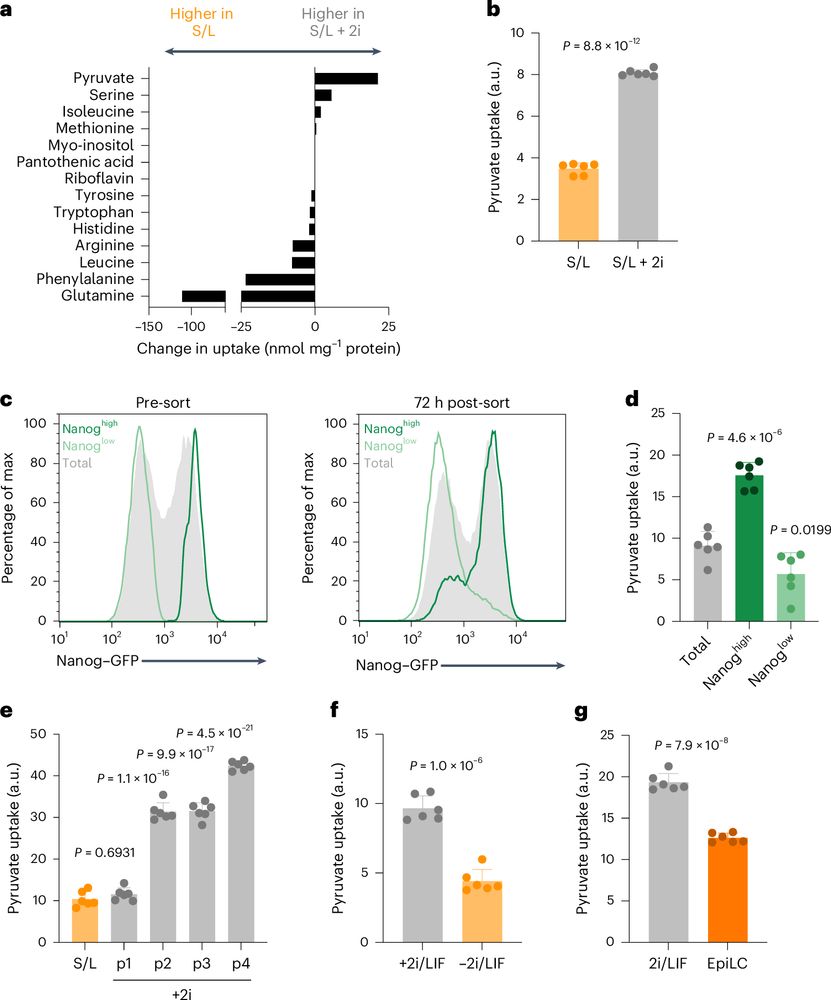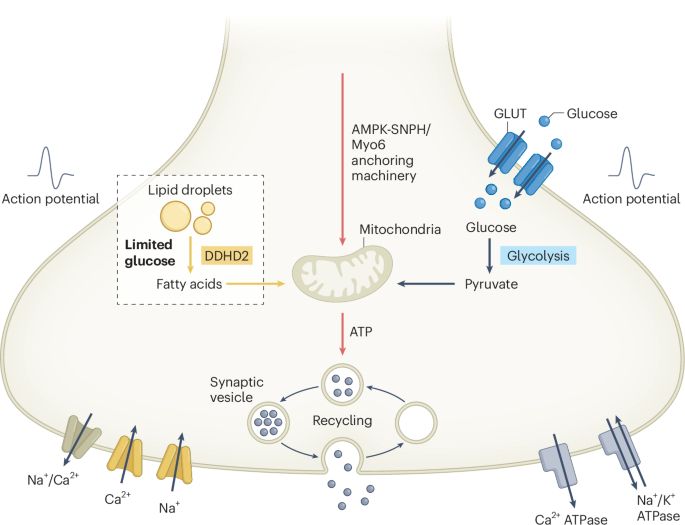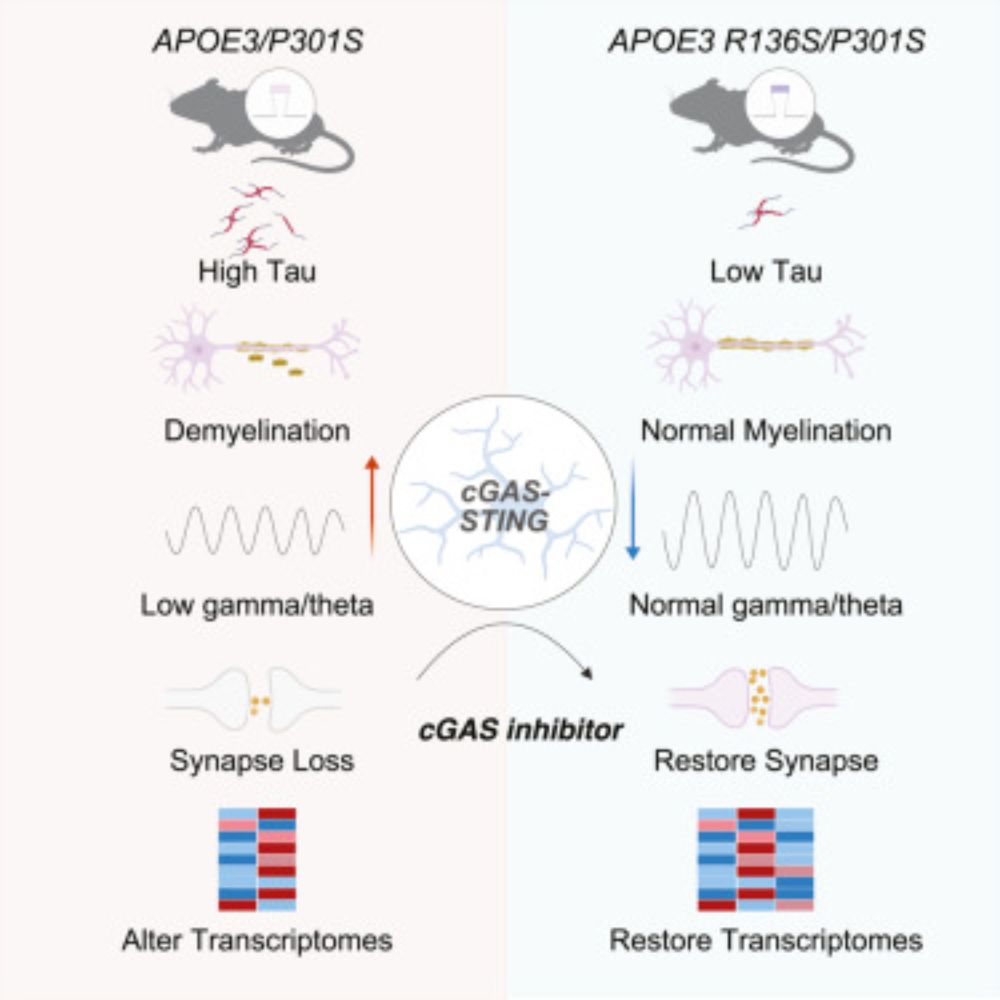
Molecular hallmarks of excitatory and inhibitory neuronal resilience to Alzheimer’s disease - Molecular Neurodegeneration
Background A significant proportion of individuals maintain cognition despite extensive Alzheimer’s disease (AD) pathology, known as cognitive resilience. Understanding the molecular mechanisms that protect these individuals could reveal therapeutic targets for AD. Methods This study defines molecular and cellular signatures of cognitive resilience by integrating bulk RNA and single-cell transcriptomic data with genetics across multiple brain regions. We analyzed data from the Religious Order Study and the Rush Memory and Aging Project (ROSMAP), including bulk RNA sequencing (n = 631 individuals) and multiregional single-nucleus RNA sequencing (n = 48 individuals). Subjects were categorized into AD, resilient, and control based on β-amyloid and tau pathology, and cognitive status. We identified and prioritized protected cell populations using whole-genome sequencing-derived genetic variants, transcriptomic profiling, and cellular composition. Results Transcriptomics and polygenic risk analysis position resilience as an intermediate AD state. Only GFAP and KLF4 expression distinguished resilience from controls at tissue level, whereas differential expression of genes involved in nucleic acid metabolism and signaling differentiated AD and resilient brains. At the cellular level, resilience was characterized by broad downregulation of LINGO1 expression and reorganization of chaperone pathways, specifically downregulation of Hsp90 and upregulation of Hsp40, Hsp70, and Hsp110 families in excitatory neurons. MEF2C, ATP8B1, and RELN emerged as key markers of resilient neurons. Excitatory neuronal subtypes in the entorhinal cortex (ATP8B+ and MEF2Chigh) exhibited unique resilience signaling through activation of neurotrophin (BDNF-NTRK2, modulated by LINGO1) and angiopoietin (ANGPT2-TEK) pathways. MEF2C+ inhibitory neurons were over-represented in resilient brains, and the expression of genes associated with rare genetic variants revealed vulnerable somatostatin (SST) cortical interneurons that survive in AD resilience. The maintenance of excitatory-inhibitory balance emerges as a key characteristic of resilience. Conclusions We have defined molecular and cellular hallmarks of cognitive resilience, an intermediate state in the AD continuum. Resilience mechanisms include preserved neuronal function, balanced network activity, and activation of neurotrophic survival signaling. Specific excitatory neuronal populations appear to play a central role in mediating cognitive resilience, while a subset of vulnerable interneurons likely provides compensation against AD-associated hyperexcitability. This study offers a framework to leverage natural protective mechanisms to mitigate neurodegeneration and preserve cognition in AD.
Thrilled to share that our paper “Molecular hallmarks of excitatory and inhibitory neuronal resilience to Alzheimer’s disease” is now out in Molecular Neurodegeneration!
👉 link.springer.com/article/10.1...
#Alzheimer #Resilience #Neuroscience
01.10.2025 19:45 — 👍 14 🔁 6 💬 1 📌 1
LinkedIn
This link will take you to a page that’s not on LinkedIn
Proud to present our new paper in @natmetabolism.nature.com
The Neurolipid Atlas: a lipidomics resource for neurodegenerative diseases
lnkd.in/eVzFrmUY
Check out our open-access platform chock-full with iPSC- and 🧠 lipidomics data (www.neurolipidatlas.com).
22.09.2025 11:02 — 👍 27 🔁 11 💬 2 📌 0
It was great to visit and talk all things science — thank you Shannon for the invitation and for hosting me! Flying back after a whirlwind day with new connections, ideas, and even a bottle of only-in-Kentucky bourbon for the lab :)
10.09.2025 01:55 — 👍 2 🔁 0 💬 1 📌 0

A study of gene expression in the living human brain - Molecular Psychiatry
Molecular Psychiatry - A study of gene expression in the living human brain
🤯 Postmortem vs Living brain
Due to the unavailability of brain tissue from living people, most such studies are performed using tissue from postmortem brain.
"Expression levels differed significantly for nearly 80% of genes,"🤯
www.nature.com/articles/s41...
28.08.2025 13:21 — 👍 7 🔁 3 💬 0 📌 0
Awesome news Andrew, congratulations! 🎉
07.08.2025 00:11 — 👍 1 🔁 0 💬 1 📌 0
Super interesting work Shannon - looking forward to discussing in person soon!
01.08.2025 17:39 — 👍 1 🔁 0 💬 1 📌 0
The NIH budget will INCREASE by $400 million — not slashed by 40%, as Trump proposed — according to a proposal by Senate appropriators, says Sen Murray.
"Some have asked if there will even be an NIH by [2029]. The commmittee's resounding message is yes—Congress has your back", she says.
31.07.2025 13:53 — 👍 261 🔁 78 💬 8 📌 15
For #AAIC2025 attendees: #ADRD researcher starter pack! Thanks @tyk314.net for promoting me to share this again
go.bsky.app/22DpUEy
27.07.2025 15:51 — 👍 13 🔁 3 💬 1 📌 1
Looking for a postdoc or staff scientist with brain slice electrophysiology experience. If you or someone you know is interested in, message me.
22.07.2025 15:48 — 👍 6 🔁 13 💬 0 📌 0
Congratulations Tal, that's a huge relief!
16.07.2025 19:41 — 👍 0 🔁 0 💬 1 📌 0

a man with a mustache is sitting on a swing in a park
ALT: a man with a mustache is sitting on a swing in a park
54 days and counting on re-submission reviews... also celebrating the one-year anniversary of our initial submission.
16.07.2025 17:21 — 👍 4 🔁 0 💬 0 📌 0
I feel seen
13.07.2025 14:27 — 👍 5 🔁 0 💬 0 📌 0
Awesome! Look forward to finally meeting in person and talking HFOs!
23.06.2025 03:12 — 👍 1 🔁 0 💬 1 📌 0
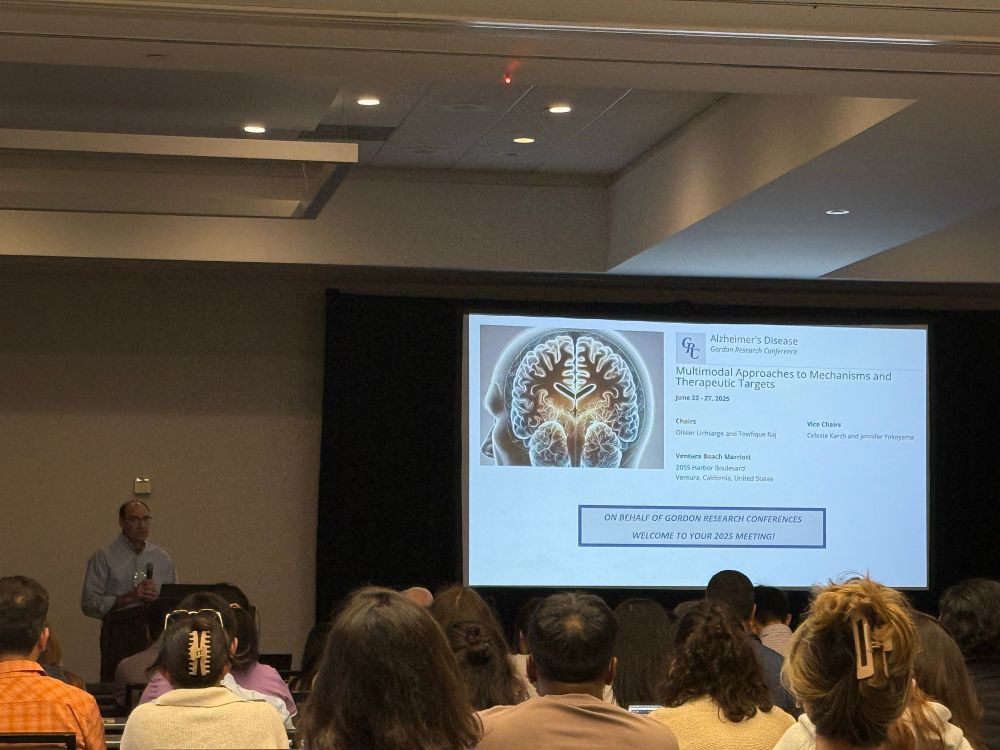
Kicking off the inaugural GRC Alzheimer’s disease meeting — excited for the science and the discussions ahead!
23.06.2025 02:33 — 👍 7 🔁 0 💬 1 📌 0
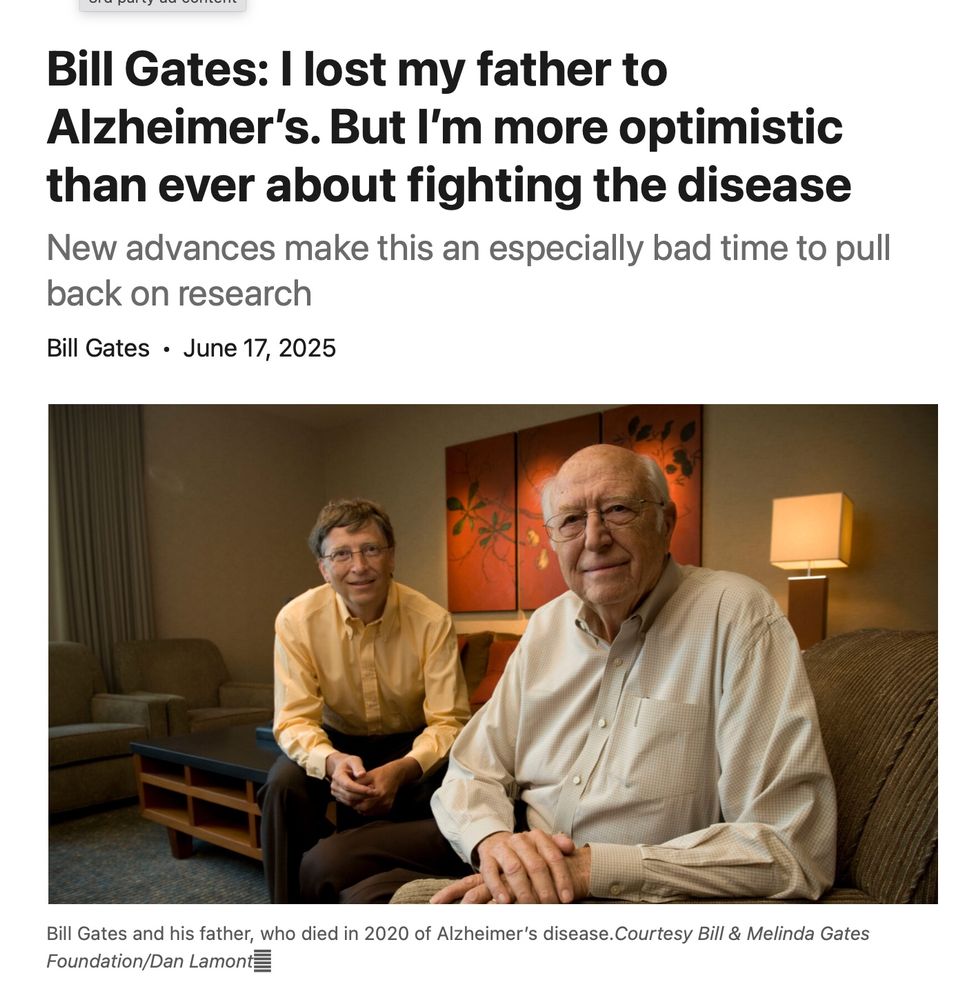
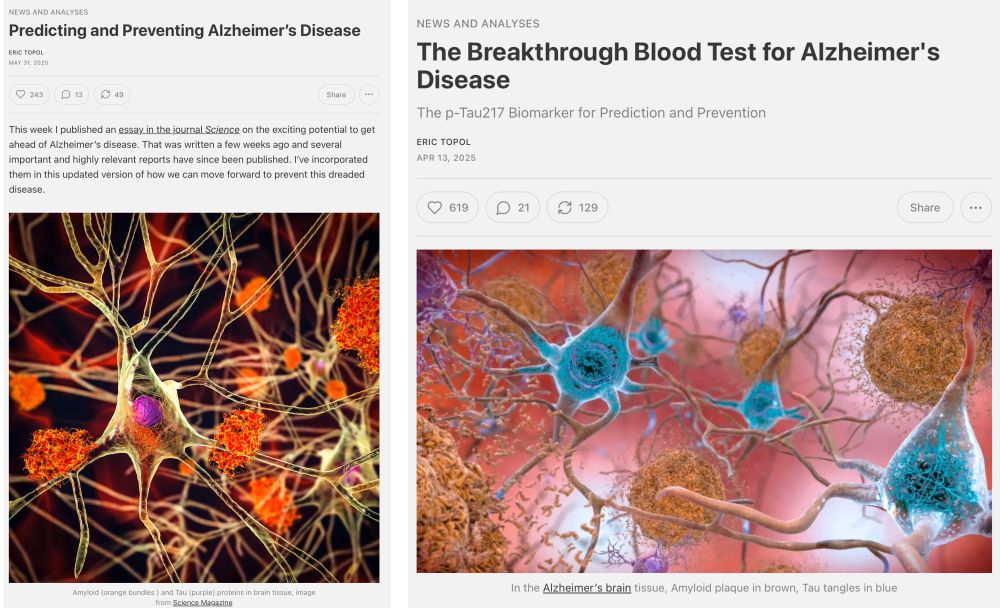
"But I am blown away by how much we have learned about Alzheimer’s over the last couple of years."—Bill Gates
www.statnews.com/2025/06/17/b...
"This is the moment to spend more money on research, not less."
Agree 💯
erictopol.substack.com/p/predicting...
erictopol.substack.com/p/the-breakt...
18.06.2025 15:25 — 👍 231 🔁 48 💬 7 📌 0
BREAKING: A federal judge in Massachusetts (the Reagan-appointed William Young) has declared the Trump administration's cuts to NIH grants — ostensibly over Trump's EOs on gender ideology and DEI — are "illegal" and "void." He's ordering many grants restored.
16.06.2025 18:23 — 👍 13543 🔁 3630 💬 104 📌 207
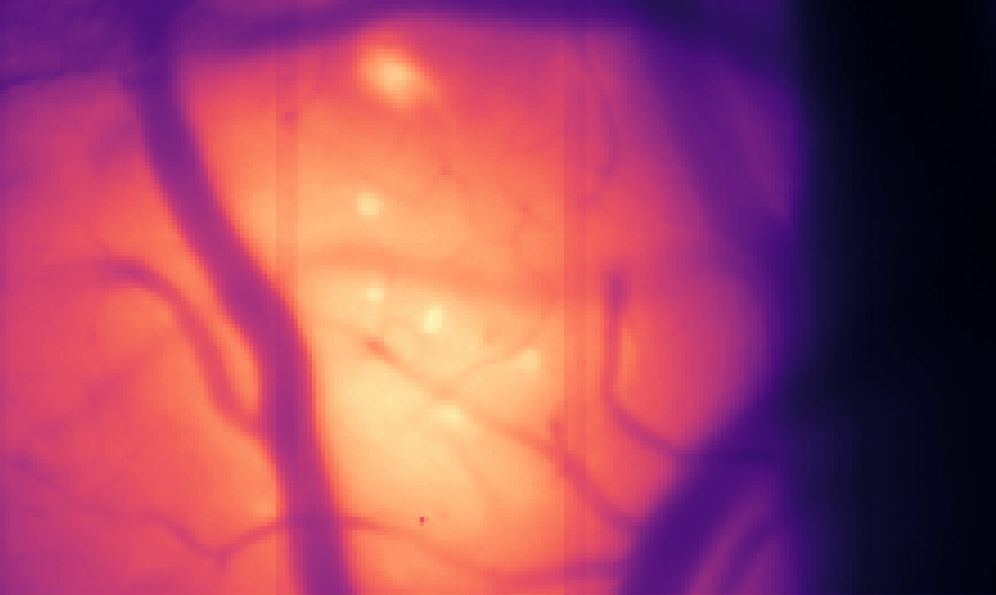
Brightly labelled pyramidal cells in the mouse retrosplenial cortex. Blood vessels are visible of various thicknesses in darker colours.
#neuroskyence folks: as my postdoc grant is running out soon, I am looking for new opportunities in systems neuroscience!
Keywords: patch clamp ephys, opto, mouse behavior, (in vivo) voltage imaging. Would love to return to the Basal Ganglia.
Sharing appreciated, and happy #FluorescenceFriday !
13.06.2025 13:33 — 👍 74 🔁 54 💬 6 📌 1
What's an acceptable (non-crazy) number of times to refresh a journal's manuscript tracking page while waiting for reviewer comments on a resubmission? Asking for a friend.
12.06.2025 23:14 — 👍 1 🔁 0 💬 0 📌 0
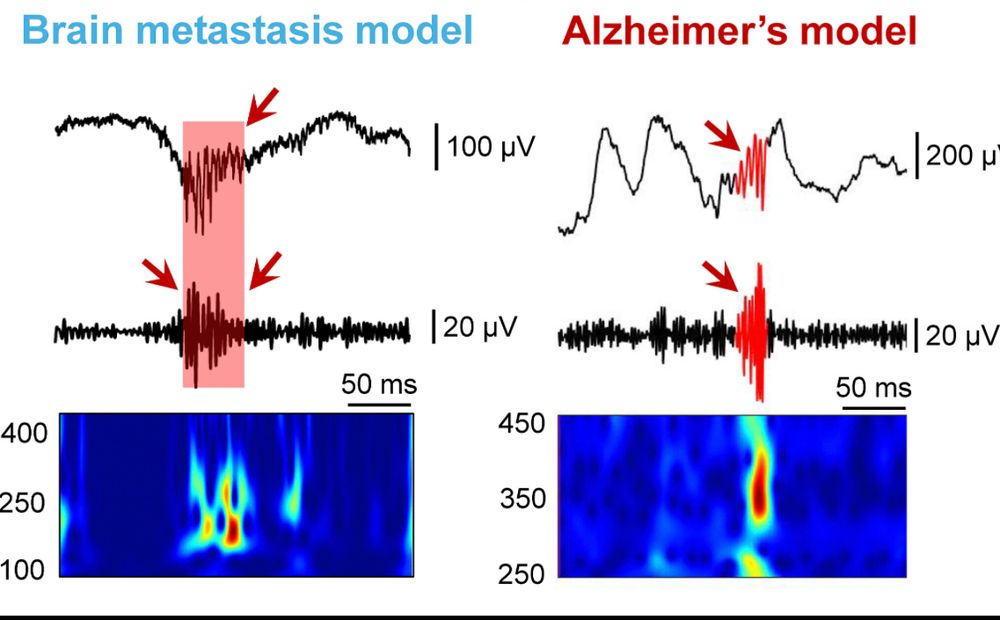
Don’t miss our latest 📝 with @chrislisgaras.bsky.social & Rick Staba on high-frequency oscillations in preclinical 🧠 disease models, with guidelines for recording, detection and analysis. journals.sagepub.com/doi/10.1177/...
11.06.2025 07:23 — 👍 13 🔁 6 💬 0 📌 1
Announcing an official fundraising campaign to support my lab’s research on APOE4 and Alzheimer’s disease: joinus.cuimc.columbia.edu/participant/.... This campaign is itself an experiment of sorts. But mostly, it's an attempt to save my lab during an unprecedented time of turmoil in academia. 1/9
10.06.2025 16:28 — 👍 36 🔁 27 💬 3 📌 4
Early neuronal reprogramming and cell cycle reentry shape Alzheimer's disease progression https://www.biorxiv.org/content/10.1101/2025.06.04.653670v1
06.06.2025 21:15 — 👍 2 🔁 2 💬 0 📌 0
🧠Neurobiologist
🟣Alzheimer's disease & neurodegeneration
👩🏻💻Bioinformatics
🎙️Host She Has a PhD podcast
#womeninscience
📍Boston, US
💼 Junior Faculty @harvardmed.bsky.social
🇵🇹🇨🇦🇫🇮🇬🇧🇺🇸
🧘🏻♀️🎮📚📷☕🧳
Assistant Professor at Emory studying neural circuits and behavior in flies (she/her). Views are my own. https://devinenilab.org/
Aging scientist. Worm expert. Community-engaged teacher. Lab at Northeastern University. I watch worms die to learn how to live.
Lab: apfeldlab.mystrikingly.com
ORCID: orcid.org/0000-0001-9897-5671
Neuroscience Professor at UKBonn&DZNE Bonn. Bridging the gap between brain and immunity with genomics 🏳️🌈🏴☠️🇨🇳🇹🇷🇫🇷🇳🇪🇩🇪
ORCID 0000-0001-6319-404X
🔬 Assistant Prof, Pathology @Duke | Director, Clin Micro Lab
🧫 Former Clin Micro Fellow @Memorial Sloan Kettering
👩🏻🔬 Former Postdoc @broadinstitute.org
🎓 PhD @The Rockefeller University
Focus: Diagnostics, AMR, Structural Biology
A platform for life sciences. Publications, research protocols, news, events, jobs and more. Sign up at https://www.lifescience.net.
Assistant Professor - Stanford University - Department of Neurobiology - Julius and Ruta Lab Alum
Assistant Professor, Bloomfield Professor in Cardiovascular Research - decoding the complexity of vascular physiology and blood flow control, one ion channel at a time. Univ. of Vermont
www.HarrazLab.com
Postdoc - https://bsky.app/profile/lukesjulson.bsky.social @ Albert Einstein College of Medicine | Ph.D. JHU SOM - https://bsky.app/profile/martinowk.bsky.social @ LIBD.
Assistant Professor studying hypertension & dementia
BRAINS fellow ‘22
she/her #LatiNeuro 🇨🇷
Lab focuses on innate immune mechanisms in the pathogenesis and progression of Lewy body dieseases.
Stanford, UTSW, WashU, Emory, UF & now Indiana Uni SOM Stark Neuroscience. Latina, mother, daughter. Immunity inflammation lysosomes neuroimmuno neurodegen, EIC NPJPARKD. Posts my own.
Asst. Prof. Neurology at USC
Director: MS in Neuroimaging and Informatics Program
MRI, amyloid & tau PET, Alzheimer's disease/ADRD.
metabolic/vascular risk, inflammation, health disparities, sex diff.
https://www.linkedin.com/in/meredith-braskie-1a3870321
Assistant Professor of Neurology, Massachusetts General Hospital and Harvard Medical School
My research combines electrophysiology, histology, and behavioral tasks to study aging and Alzheimer’s disease.
Assoc. Professor @Brown | Director, Laboratory for Cognitive and Translational Neuroscience | Visual Memory, Aging, & Alzheimer's disease | Individual Differences | fMRI/MRI/PET | Previously @ SUNY/UCBerkeley/Columbia | sites.brown.edu/oh-ctnlab
Professor of Neurology. Humanist. Mentor. Alzheimer’s disease research.
Assistant Professor of Psychological & Brain Sciences at Washington University in St. Louis
Director of the Wellbeing and Emotion across the Lifespan Lab (WELLab)
Associate Professor of Pharmacology & Toxicology, Indiana University School of Medicine. Father of 4.
Dr. @yiotapoirazi.bsky.social lab (https://dendrites.gr/) at @imbb-forth.bsky.social. We investigate the role of dendrites in learning and memory processes, using computational models, behavioral and imaging experiments.
The Federation of European Neuroscience Societies is the voice of European #neuroscience.





